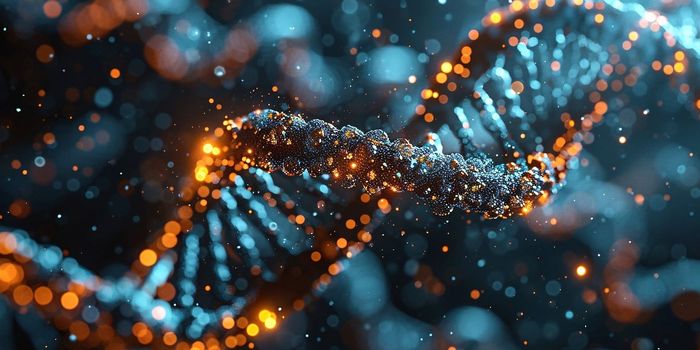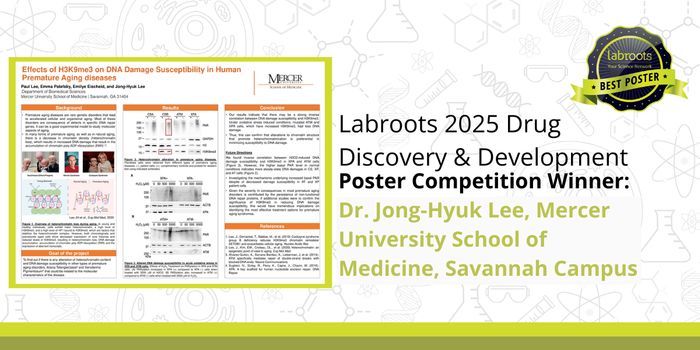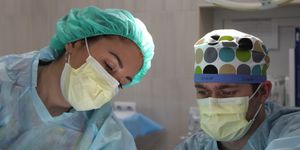Want to Study Copy Number Alterations in Cells? Bring MACHETE
Sure, MACHETE is a cool name, but the researchers that developed the technique are hoping people don't focus solely on that. MACHETE is short for Molecular Alteration of CHromosomes with Engineered Tandem Elements, and this is a new tool based on CRISPR, which can reveal a type of genetic alteration seen in about fifteen percent of all cancers. MACHETE could also identify the patients who will respond best to cancer immunotherapies.
There can be deletions, duplications, or repeats in the genome that involve long segments of DNA, and people carry at least some of these copy number variations at birth. Copy number alterations (CNAs) are like CNVs, but they arise in cells later in life - a phenomenon often seen in cancer cells. MACHETE can identify those CNAs.
MACHETE works by cutting out certain regions of the genome, and can be used to mimic the genetic changes seen in cancer cells, and some other diseases. This technique is a new and efficient was to study CNAs, and has now been used to model pancreatic cancer and melanoma in mice. The work has been reported in Nature Cancer.
There are many different types of changes that can arise in the genome. While many changes can be harmless or simply give rise to biological variations, scientists have learned a lot about small changes to protein-coding genes that cause disease. Some of those small changes can lead to cancer. But huge genetic changes my lead to cancer as well, such as CNAs that have the potential to alter dozens of genes, or even sections of chromosomes, at once.
"Point mutations are relatively easier to study than CNAs. But CNAs are just as important, they're just a lot more complex," said first study author Dr. Kaloyan Tsanov, a postdoctoral researcher at the Sloan Kettering Institute.
The average tumor, for example, carries 24 different CNAs, affecting as much as 30 percent of the genome in the tumor cells.
When tumors have high CNA levels, or a high CNA burden, they are more likely to have worse outcomes or recur, when it comes to many kinds of cancers including breast, colorectal, endometrial, prostate, thyroid, and renal clear cell, according to previous work.
But CNAs often encompass huge sections of DNA, sometimes millions of base pairs long, so they are very challenging to model in the lab; this work has changed that.
In this study, the researchers treated cells with the MACHETE technique to remove a portion of chromosome 9, which contained a tumor-suppressor gene called CDKN2 as well as interferon molecules that can battle foreign invaders, including cancer. Next, the MACHETE-treated cells were inserted into the pancreases of a mouse model, and those mice went on to develop cancer. The cells were not able to prevent uncontrolled growth.
Many human tumors have been linked to this portion of the DNA, and about half of those who develop cancer are also lacking the same interferons. The loss of interferons seems to boost metastasis, because the immune system stops reacting to the cancer.
"We have known about CDKN2A mutations for a long time, and it was already remarkable how they worked," said senior study author Scott Lowe, Chair of the Sloan Kettering Institute's Cancer Biology & Genetics Program and a Howard Hughes Medical Institute Investigator. "This study says there is so much more to it, with important therapeutic implications."
This approach was repeated for a model of melanoma as well.
The study authors suggested that when cancer patients who still carry the genetic region containing the interferons may respond better to immunotherapy than patients who have lost that region.
CNAs have also been associated with genetic diseases. "So, MACHETE provides a new framework for investigating large deletion events beyond just cancer," noted first study author Dr. Francisco "Pancho" Barriga.
Sources: Memorial Sloan Kettering Cancer Center, Nature Cancer









